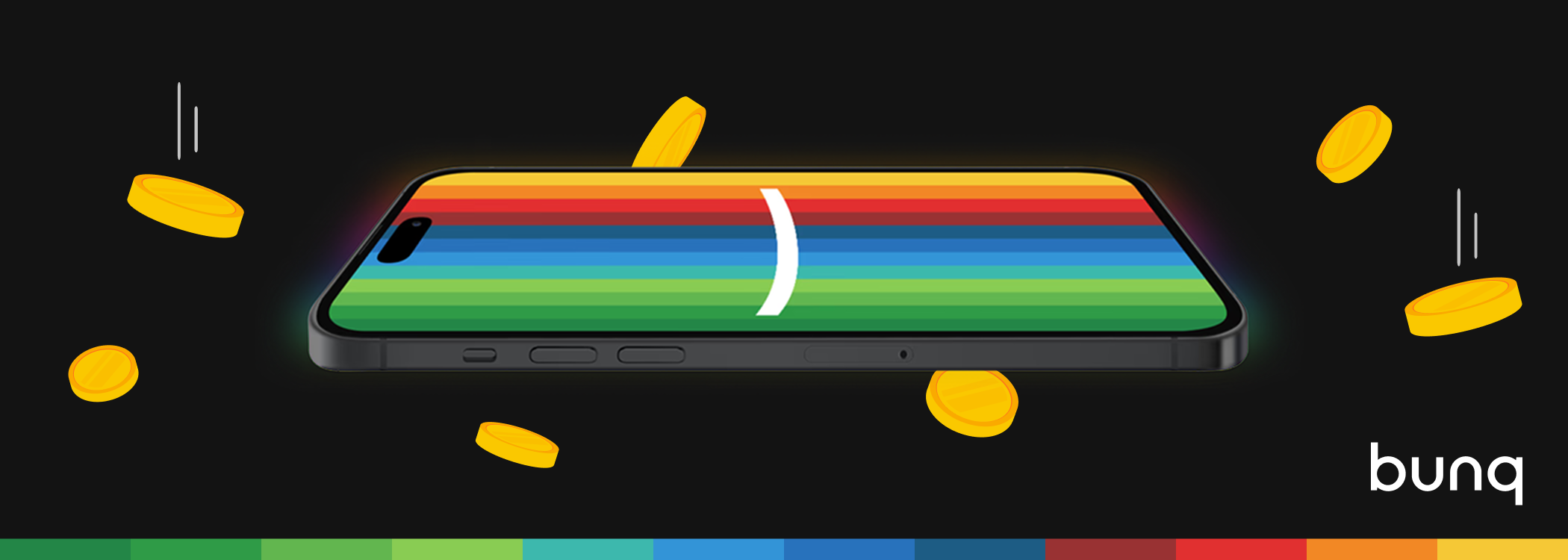Client
bunq
Challenge
Boost design efficiency and product consistency by creating design guidelines and a UX checklist to assess the quality of new app designs
Impact
Decrease in feedback rounds and iterations within the design process by creating a central source of truth
A single source of truth for digital bank app design
We conducted a thorough audit of bunq‘s existing app to identify both effective and dubious UX patterns. This analysis helped highlight key inconsistencies in the app’s user experience.
To ensure our deliverables resonated with the internal team, we tailored them to bunq’s primary customer persona, Eva—their typical user. The goal was clear: to create a cohesive and consistent app experience.
By developing design guidelines and a UX checklist, bunq’s employees can evaluate new designs against a set of standardised criteria, ensuring that each new feature meets a high-quality threshold before moving forward. This leads to a decrease in feedback rounds and iterations, resulting in gaining more time to focus on solving their customer problems.

Koos challenged us about the core of the problem. It made us rethink, simplify our initial approach and change it into a design checklist that functions as a central source in our existing process.
Co-creating design efficiency
To truly understand bunq’s challenge, we started by diving deep into their current design process to understand what type of solution would fit their needs best.
- Immersion in the context: By engaging with bunqs’ internal teams through roundtable discussions and focus groups to dive deep into the employee’s needs, pain points, and aspirations. This helped us gain valuable insights into the specific challenges faced during the design process.
- Co-creation: Throughout several design sprints we developed practical design guidelines, illustrated with clear examples of dos and don’ts. In addition, we created a UX design checklist, empowering designers and others to self-assess new designs —minimising unnecessary rounds of feedback and iterations.
- Unguided user testing: bunq employees evaluated the effectiveness of the design guidelines and UX checklist in real-world design scenarios for 4 weeks. This leads to valuable insights for future improvements.

Next steps
Through this co-creative process, we helped bunq establish a standardised design language, empowering their team to deliver more consistent and user-friendly experiences. But this was just a first step.
- Iteration on the design guidelines and UX checklist – After gathering valuable insights from bunq’s internal team, the design guidelines and UX checklist will be iterated to refine the effectiveness of the design process.
- Updated design system – By identifying inconsistencies in the app, we uncovered several areas for improvement within the existing design system. The internal team will now update and enhance the system to deliver an even more seamless experience across the app.


